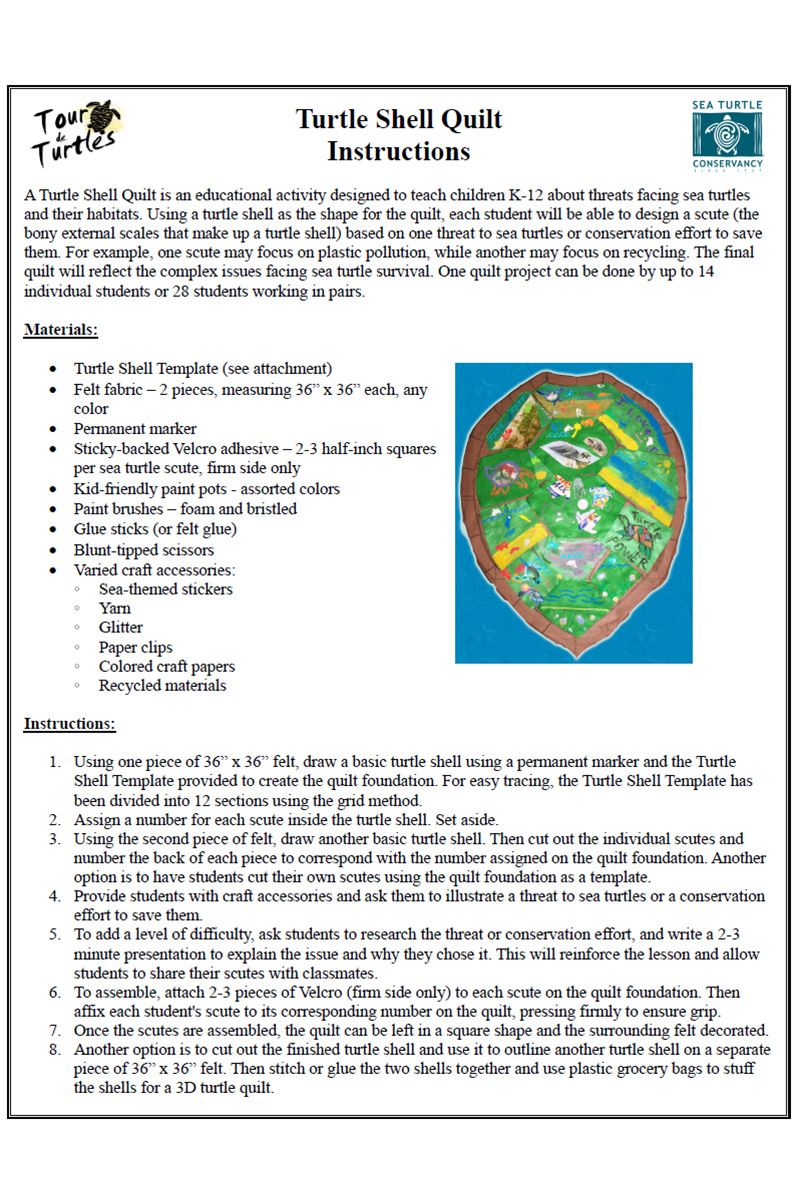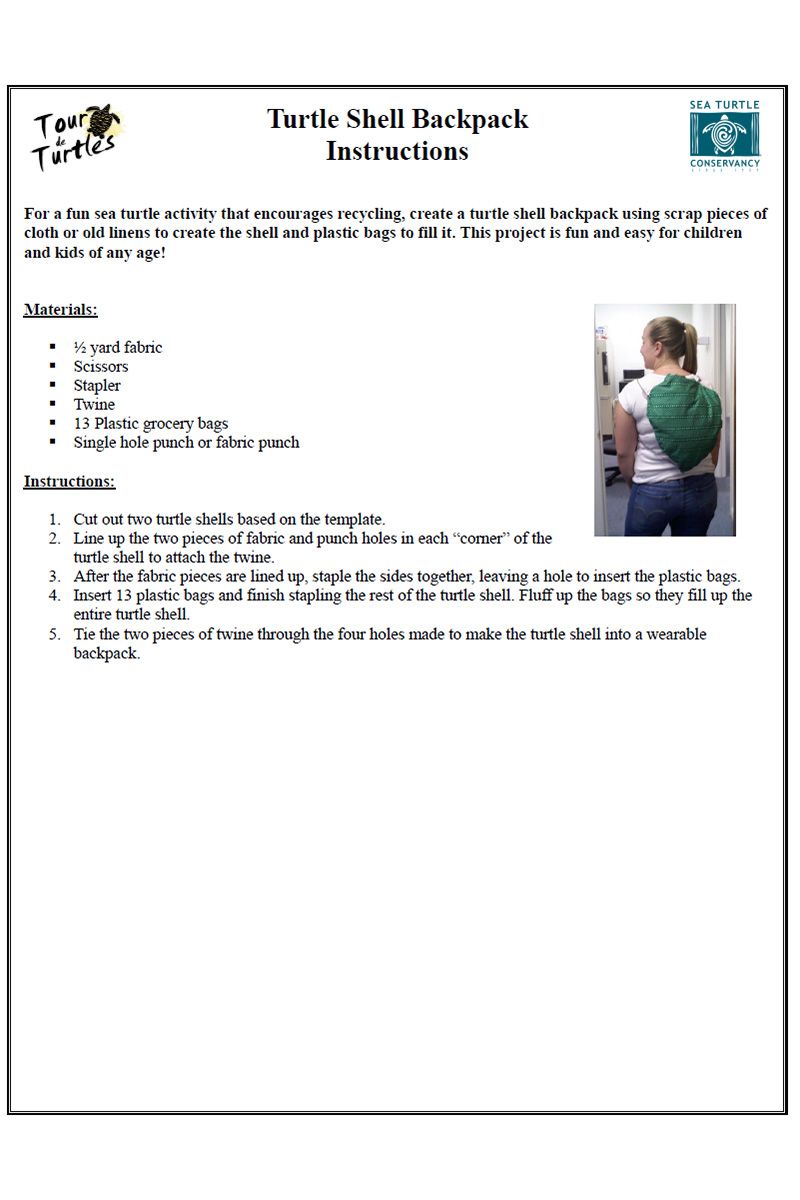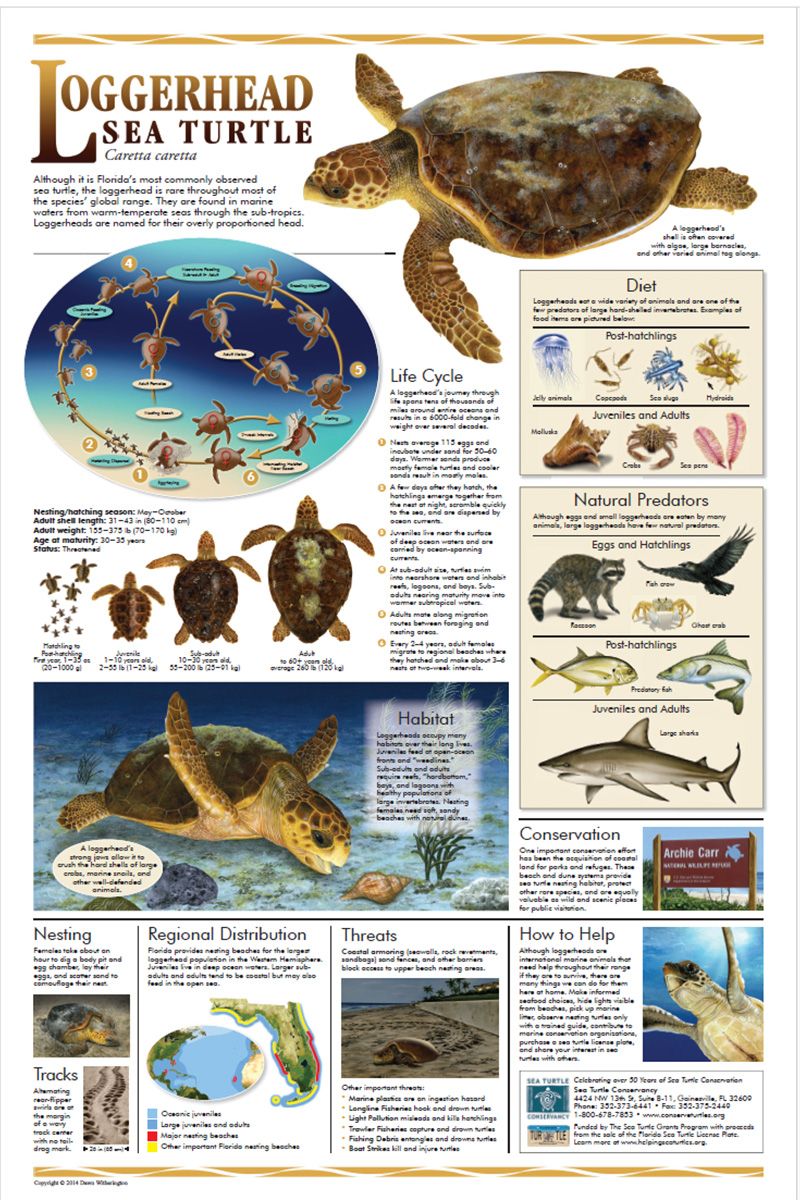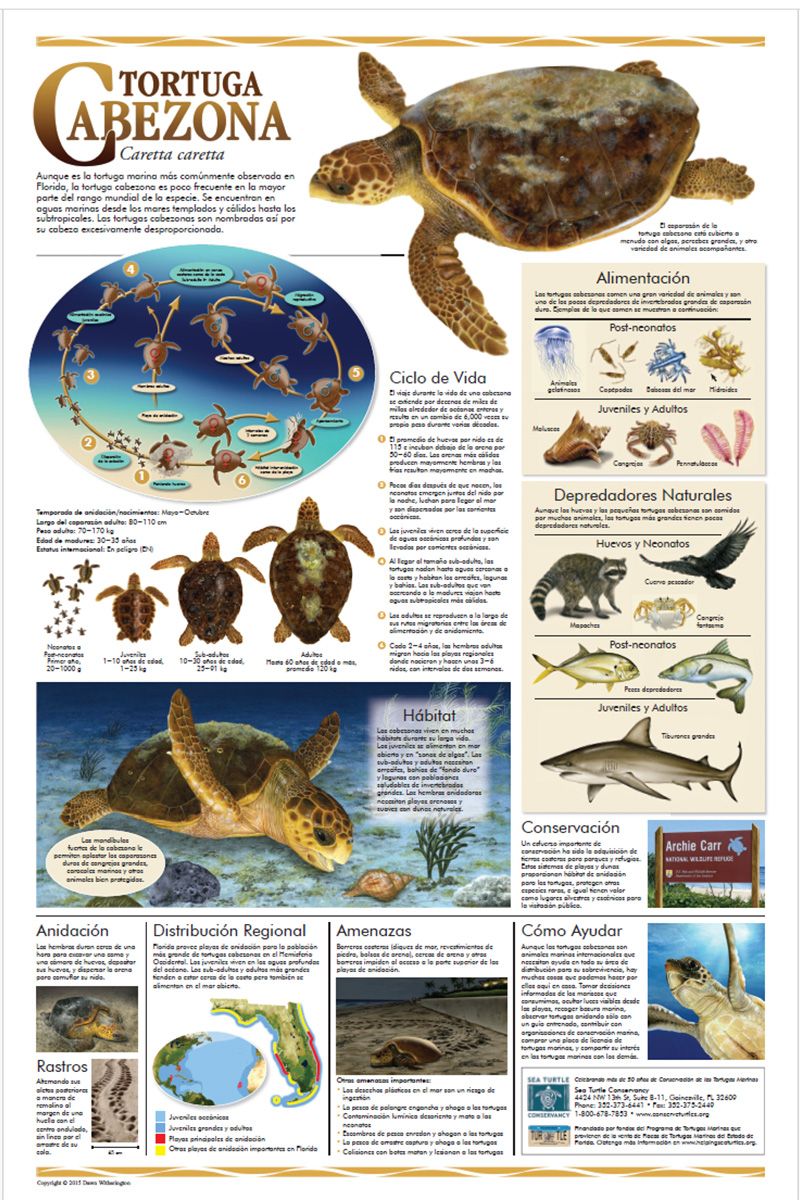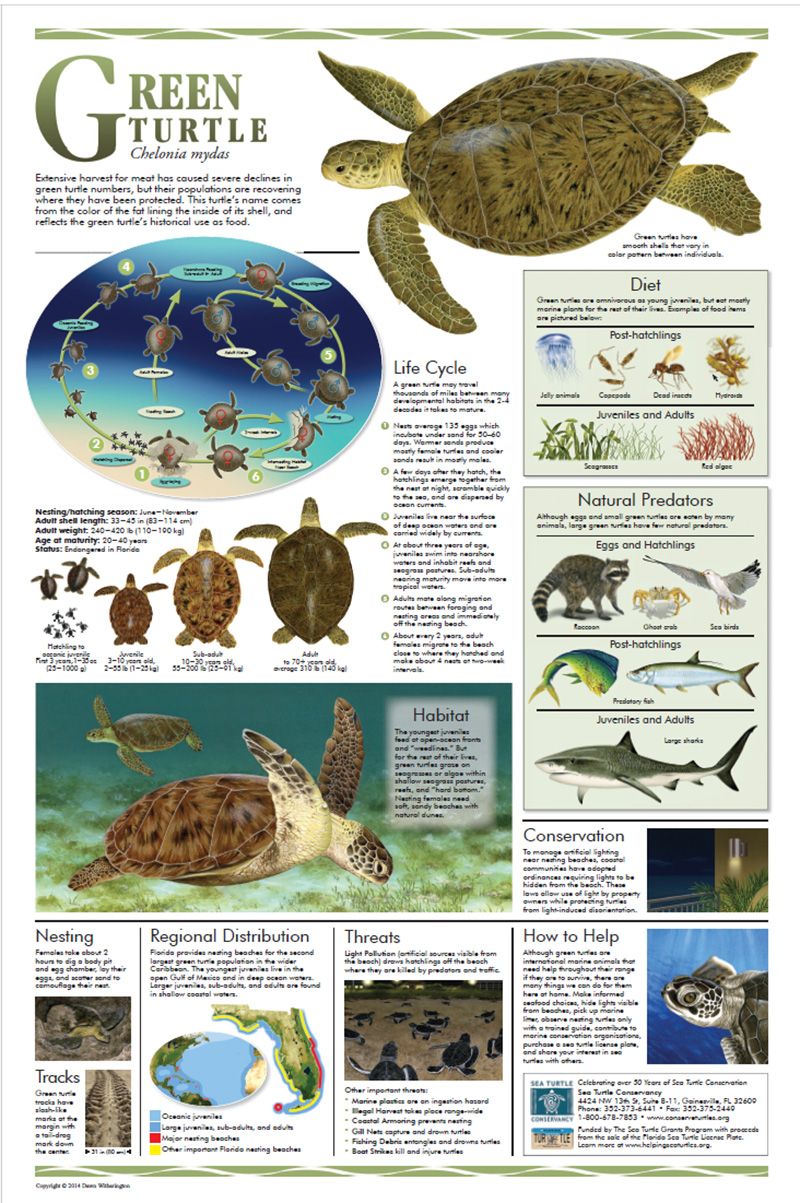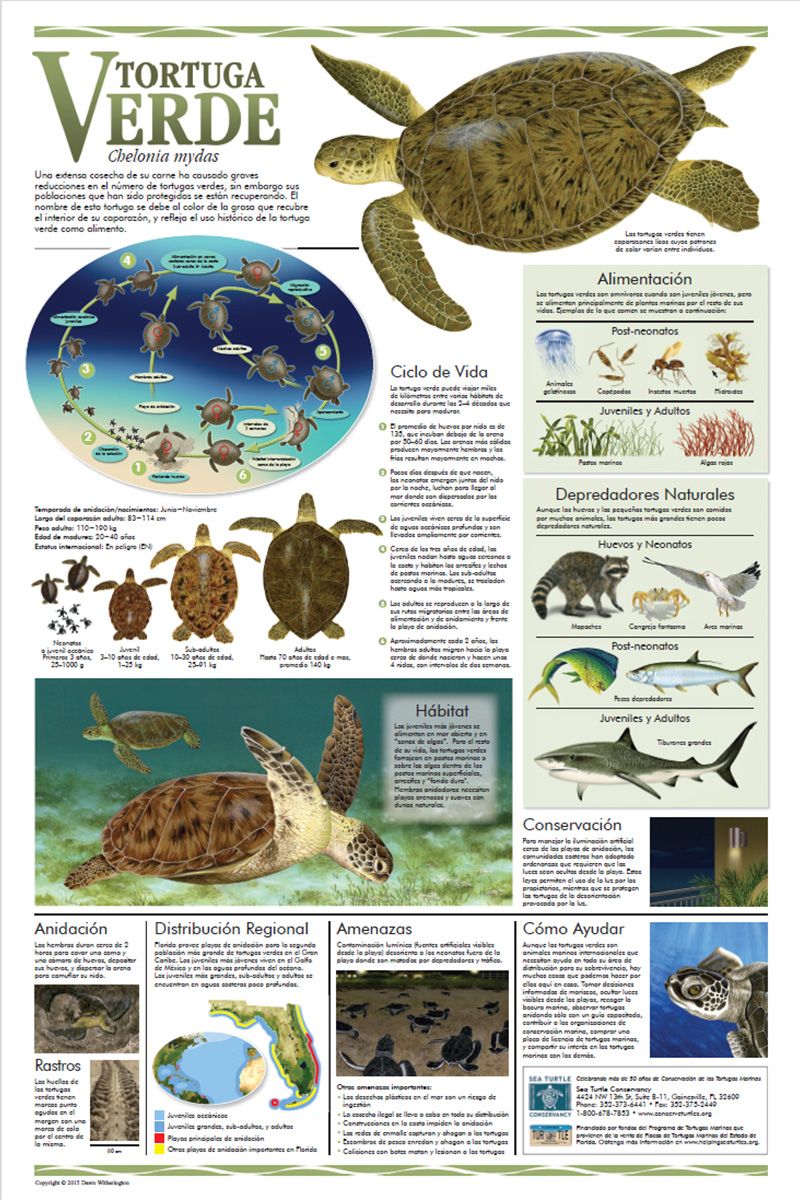Isotopic patterns based on loggerhead sea turtles
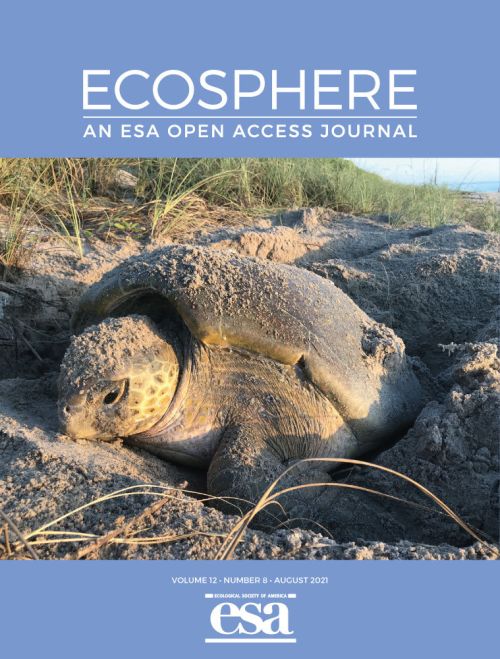
Publication
Modeling and mapping isotopic patterns in the Northwest Atlantic derived from loggerhead sea turtles
Publication Year: 2014
Authors: S. A. Ceriani · J. D. Roth · C. R. Sasso · C. M. McClellan · M. C. James · Heather L. Haas · R. J. Smolowitz · Daniel R. Evans · D. S. Addison · D. A. Bagley · L. M. Ehrhart · J. F. Weishampel
Abstract: Stable isotope analysis can be used to infer geospatial linkages of highly migratory species. Identifying foraging grounds of marine organisms from their isotopic signatures is becoming de rigueur as it has been with terrestrial organisms. Sea turtles are being increasingly studied using a combination of satellite telemetry and stable isotope analysis; these studies along with those from other charismatic, highly vagile, and widely distributed species (e.g., tuna, billfish, sharks, dolphins, whales) have the potential to yield large datasets to develop methodologies to decipher migratory pathways in the marine realm. We collected tissue samples (epidermis and red blood cells) for carbon (d13C) and nitrogen (d15N) stable isotope analysis from 214 individual loggerheads (Caretta caretta) in the Northwest Atlantic Ocean (NWA). We used discriminant function analysis (DFA) to examine how well d13C and d15N classify loggerhead foraging areas. The DFA model was derived from isotopic signatures of 58 loggerheads equipped with satellite tags to identify foraging locations. We assessed model accuracy with the remaining 156 untracked loggerheads that were captured at their foraging locations. The DFA model correctly identified the foraging ground of 93.0% of individuals with a probability greater than 66.7%. The results of the external validation (1) confirm that assignment models based on tracked loggerheads in the NWA are robust and (2) provide the first independent evidence supporting the use of these models for migratory marine organisms. Additionally, we used these data to generate loggerhead-specific d13C and d15N isoscapes, the first for a predator in the Atlantic Ocean. We found a latitudinal trend of d13C values with higher values in the southern region (20–25 8N) and a more complex pattern with d15N, with intermediate latitudes (30–35 8N) near large coastal estuaries having higher d15N-enrichment. These results indicate that this method with further refinement may provide a viable, more spatially-explicit option for identifying loggerhead foraging grounds.
